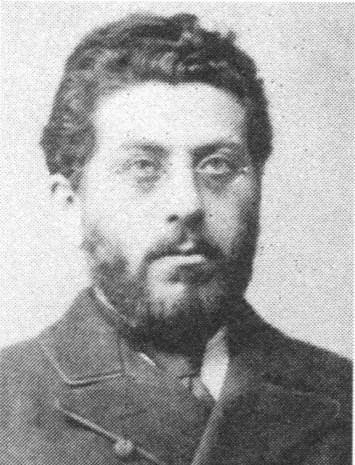Nationality Hungarian Role Mathematician Children Denes Konig | Name Gyula Konig Doctoral advisor Leo Konigsberger | |
 | ||
Died April 8, 1913, Budapest, Hungary | ||
Gyula k nig
Gyula Kőnig (16 December 1849 – 8 April 1913) was a Hungarian mathematician. His mathematical publications in foreign languages appeared under the name Julius König. His son Dénes Kőnig was a graph theorist.
Contents
- Gyula k nig
- Biography
- Works
- Knig and set theory
- About Knig
- Some papers and books by Knig
- Literature and links
- References
Biography

Kőnig's name in Hungarian was Kőnig Gyula or in the more common European name order Gyula Kőnig, but when Kőnig contributed to German mathematical journals he called himself "Julius König."
Gyula Kőnig was active literarily and mathematically. He studied medicine in Vienna and, from 1868 on, in Heidelberg. After having worked, instructed by Hermann von Helmholtz, on electrical stimulation of nerves, he switched to mathematics and obtained his doctorate under the supervision of Leo Königsberger, a mathematician at that time. His thesis Zur Theorie der Modulargleichungen der elliptischen Functionen covers 24 pages. As a post-doc he completed his mathematical studies in Berlin attending lessons by Leopold Kronecker and Karl Weierstraß. He then returned to Budapest where he was appointed as a dozent at the University in 1871. He became a professor at the Teacher's College in Budapest in 1873 and, in the following year, was appointed professor at the Technical University of Budapest. He remained with the university for the rest of his life. He was on three occasions Dean of the Engineering Faculty and also on three occasions was Rector of the University. In 1889 he was elected a member of the Hungarian Academy of Sciences. In 1905 he retired but continued to give lessons on topics of his interest. His son Dénes also became a distinguished mathematician.
Works
Kőnig worked in many mathematical fields. His work on polynomial ideals, discriminants and elimination theory can be considered as a link between Leopold Kronecker and David Hilbert as well as Emmy Noether. Later on his ideas were simplified considerably, to the extent that today they are only of historical interest.
Kőnig already considered material influences on scientific thinking and the mechanisms which stand behind thinking.
But mainly he is remembered for his contributions to and his opposition against set theory.
Kőnig and set theory
One of the greatest achievements of Georg Cantor was the construction of a one-to-one correspondence between the points of a square and the points of one of its edges by means of continued fractions. Kőnig found a simple method involving decimal numbers which had escaped Cantor.
In 1904, at the third International Congress of Mathematicians at Heidelberg, Kőnig gave a talk to disprove Cantor's continuum hypothesis. The announcement was a sensation and was widely reported by the press. All section meetings were cancelled so that everyone could hear his contribution.
Kőnig applied a theorem proved in the thesis of Felix Bernstein; this theorem, however, was not as generally valid as Bernstein had claimed. Ernst Zermelo, the later editor of Cantor's collected works, found the error already the next day. In 1905 there appeared short notes by Bernstein, correcting his theorem, and Kőnig, withdrawing his claim.
Nevertheless, Kőnig continued his efforts to disprove parts of set theory. In 1905 he published a paper proving that not all sets could be well-ordered.
This statement was doubted by Cantor in a letter to Hilbert in 1906:
Cantor was wrong. Today Kőnig's assumption is generally accepted. Contrary to Cantor, presently the majority of mathematicians considers undefinable numbers not as absurdities. This assumption leads, according to Kőnig,
Kőnig's conclusion is not stringent. His argument does not rule out the possibility that the continuum can be well-ordered; rather, it rules out the conjunction of "the continuum can be well-ordered by a definition in language L" and "the property of being definable in language L is itself definable in language L". The latter is no longer generally held to be true. For an explanation compare Richard's paradox.
The last part of his life Kőnig spent working on his own approach to set theory, logic and arithmetic, which was published in 1914, one year after his death. When he died he had been working on the final chapter of the book.
About Kőnig
At first Georg Cantor highly esteemed Kőnig. In a letter to Philip Jourdain in 1905 he wrote:
Later on Cantor changed his attitude:
Some papers and books by Kőnig
Literature and links
Media related to Gyula Kőnig at Wikimedia Commons
